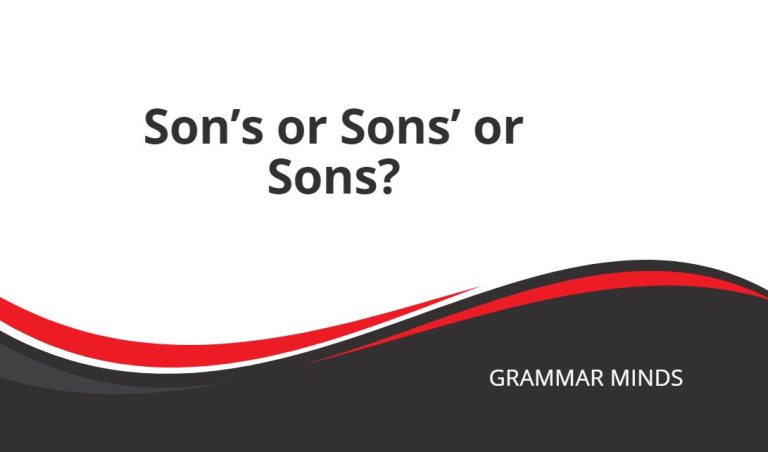
The word ‘entry’s’ is the singular possessive form of ‘entry’. For example, ‘The entry’s deadline is approaching.’ Additionally, ‘entries’’ is the plural possessive form, as in ‘Entries’ details must be submitted by tomorrow.’ Also, ‘entries’ is the standard plural form of ‘entry’.
Firstly, the following table shows the different forms of the word ‘entry’. As you can see, , an apostrophe is necessary for both the singular and plural possessive forms.
| Form | Example |
| singular | Entry |
| Plural | Entries |
| Singular possessive | Entry’s |
| Plural possessives | Entries’ |
Secondly, the following sentences show the usage of the different forms of ‘entry’ in a sentence:
Singular: The entry for the competition must be submitted by Friday.
Plural: The entries from various participants were diverse and creative.
Singular possessive: The entry’s title caught the judge’s attention immediately.
Plural possessive: The judges had to review all of the entries’ content before making their decision.
Please continue reading the remainder of the article to learn more about using the plural and possessive forms of the term ‘entry’.
Entry’s
The term ‘entry’s’ is the singular possessive form of ‘entry’. Thus, it is used when indicating that something belongs to one particular entry.
Moreover, when something “belongs” to an entry, it may be a physical object or information.
Example sentences:
- The entry’s title caught the judge’s attention immediately.
- The entry’s details must be filled out completely.
Alternatively, it could represent a characteristic or attribute of an entry.
Example sentences:
- The entry’s creativity was apparent in its unique approach.
- The entry’s author received praise for their innovative ideas.
Entries’
‘Entries’’, with an apostrophe at the end, is the plural possessive form of ‘entry’. Therefore, it is used when referring to something that belongs to multiple entries.
Below are some examples of ‘entries’’ in a sentence:
Firstly, you can refer to physical objects or characteristics, as shown in these examples:
- The entries’ quality varied greatly from one submission to another.
- Both entries’ titles were intriguing and thought-provoking.
Secondly, you can use ‘entries’’ to indicate attributes or details of multiple entries.
Example sentences:
- The judges had to review all of the entries’ content before making their decision.
Entries
‘Entries’ is the plural version of ‘entry’. Thus, it can be used in non-possessive sentences when referring to two or more entries.
Additionally, when using the term ‘entries’, it can apply to a specific number of entries.
Example sentences:
- Thirty entries were submitted for the art competition.
- Both entries received high praise from the judges.
Alternatively, ‘entries’ can refer to all entries or to a non-specific number of entries.
Example sentence:
- Entries from around the world showcased a wide range of talent and creativity.
- All entries must adhere to the competition guidelines for consideration.”







